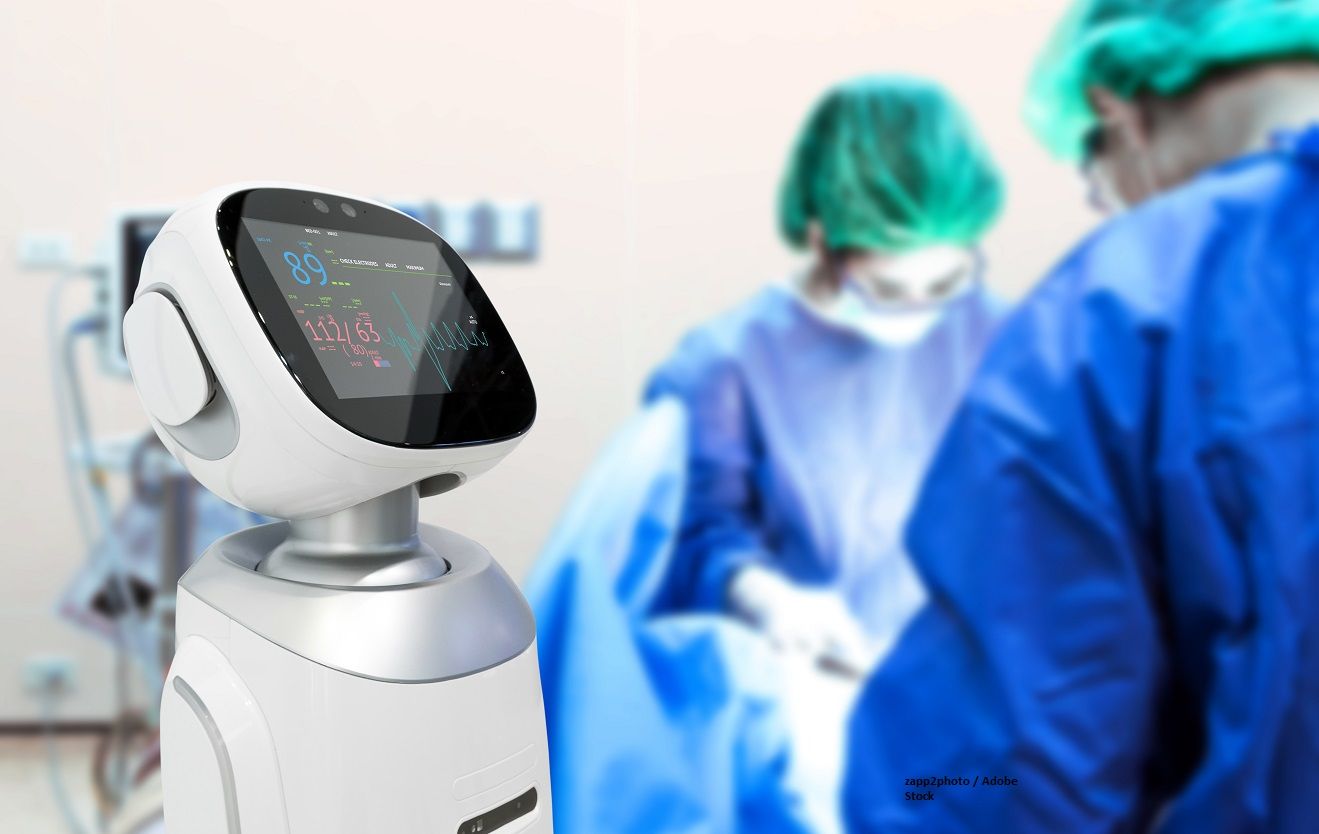Select Cancer Surgeries Increase Risk of VTE
Findings highlight a need for individualized risk evaluation for venous thromboembolism and prophylaxis regimens for patients receiving surgery for different types of cancer.
“The results highlight the need for individualized venous thromboembolism risk evaluation and prophylaxis regimens for patients undergoing different surgery for different cancers,” according to the study authors.

Patients with cancer who underwent surgery for their malignancy had a statistically significant increase in the 1-year cumulative risk of venous thromboembolism (VTE), according to results of a Swedish population-based, cohort study that were published in JAMA Network Open.
Findings showed that the initial increase linked with surgery was followed by a plateau that varied by cancer type, lead study author Johan Björklund, MD, PhD, of the Department of Molecular Medicine and Surgery, Karolinska Institutet, Stockholm, Sweden, and coinvestigators wrote in the study.
Patients underwent major surgery for cancer of the bladder, breast, colon or rectum, gynecologic organs, kidney and upper urothelial tract, lung, prostate, or the gastroesophageal tract. All patients were matched 1:10 with general population individuals who were free from cancer on their birth year, sex, and county of residence. Investigators analyzed the data from February 13, 2023 to December 5, 2023.
Specifically, the absolute risk differences with surgery by cancer type were as follows:
- Bladder cancer, 2.69 percentage points (95% CI, 2.33-3.05);
- Breast cancer, 0.59 percentage points (95% CI 0.55-0.63);
- Colorectal cancer (CRC), 1.57 percentage points (95% CI, 1.50-1.65);
- Gynecologic organ cancer, 1.32 percentage points (95% CI, 1.22-1.41);
- Kidney and upper urinary tract cancer, 1.38 percentage points (95% CI, 1.21-1.55);
- Lung cancer, 2.61 percentage points (95% CI, 2.34-2.89);
- Gastroesophageal cancer, 2.13 percentage points (95% CI, 1.89-2.38);
- Prostate cancer, 0.57 percentage points (95% CI, 0.49-0.66).
“The results highlight the need for individualized venous thromboembolism risk evaluation and prophylaxis regimens for patients undergoing different surgery for different cancers,” the authors added.
Prophylactic medication through low molecular-weight heparin and anticoagulants is a standard approach for those undergoing surgery, and extended prophylaxis of 28 days is recommended for patients who have surgery for cancer. However, the recommendations do not support precise estimates of disease-specific excess risk of thromboembolic events.
Additional data showed that the cause-specific hazard ratio (HR) for pulmonary embolism in the patients-with-cancer cohort compared with the comparator cohort peaked shortly following discharge and seemed to plateau 60 to 90 days later.
The HR was 10 to 30 times higher than in the comparison cohort for all cancers except breast cancer at 30 days following surgery, as seen in patients with CRC (HR, 9.18; 95% CI, 8.03-10.50) and lung cancer (HR, 25.66; 95% CI, 17.41-37.84). In patients with breast cancer, the HR was 5.18 (95% CI, 4.45-6.05). Although the hazards subsided, they did not reach the level in the comparison cohort except for those with prostate cancer.
Investigators noted similar data across both cohorts with deep vein thrombosis.
In the study, investigators compared 432,218 patients who underwent major surgery across 8 cancer types and matched them with 4,009,343 comparators. In the cohort of patients with cancer, the median age was 67 years (IQR, 58-75), and 68.7% of patients were women; the median age was 66 years (IQR, 57-74), and 69.3% were women in the comparator cohort.A total of 37.7% and 26.3% of patients had breast cancer and CRC, respectively, in the surgery cohort. The median length of hospitalization time ranged from 2 days for breast cancer (IQR, 1-4) to 17 days (IQR, 13-17) for bladder cancer. During hospitalization, 21.3% of patients experienced pulmonary embolisms, and 11.6% had deep vein thromboses.
It was also noted that age was independently linked with the postdischarge VTE rate; the cause-specific HR increased with age. For example, for patients with CRC, the HR increased from 0.52 (95% CI, 0.42-0.66) for patients aged 49 years and younger to 1.30 (95% CI, 1.19-1.41) for patients aged 70 to 79 years. There were no similar correlations between VTE and sex.
“Our observational data alone cannot, however, bring about a change in clinical practice, and future studies should evaluate individualized prophylactic regimens by taking the surgical trauma, disease severity, and exposure to systemic chemotherapy into account, to avoid both overtreatment and undertreatment in the prevention of venous thromboembolic events,” the authors concluded.
Reference
Björklund J, et al. Rautiola J, Zelic R, et al. Risk of venous thromboembolic events after surgery for cancer. JAMA Netw Open. 2024;7(2):e2354352. doi:10.1001/jamanetworkopen.2023.54352
Newsletter
Stay up to date on recent advances in the multidisciplinary approach to cancer.
Elevating the Quality of Cancer Care via Cross-Department Collaboration
Experts from Sibley Memorial Hospital discuss how multidisciplinary work has enhanced outcomes such as survival and resource use at their institution.